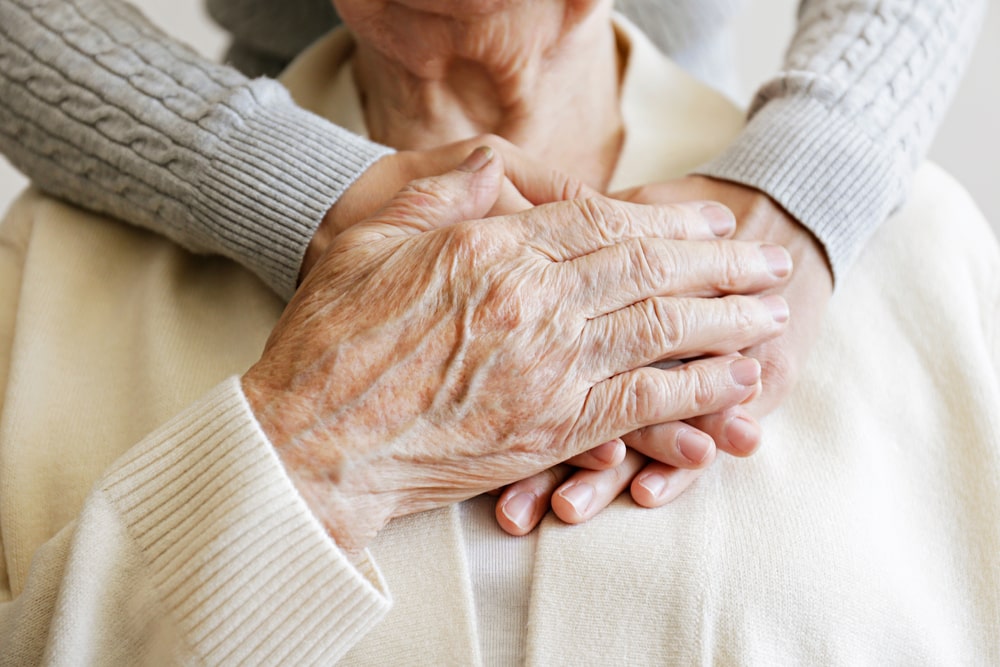Funeral processions have long been a part of the funeral tradition, beginning before there were even cars. While this practice has changed throughout the years, it remains an important step in the grieving process for many families. As a ritual, the funeral procession allows families to mourn together and honor their loved one.
But many drivers don’t know what to do when they encounter a funeral procession or become a part of one for a friend or family member. If you’re part of a procession, do you stop at red lights and stop signs? If you come across a procession while driving, do you pull over? Or can you pass the slower cars?
Here’s what you need to know about funeral procession etiquette:
If You’re in a Funeral Procession
Drive slowly
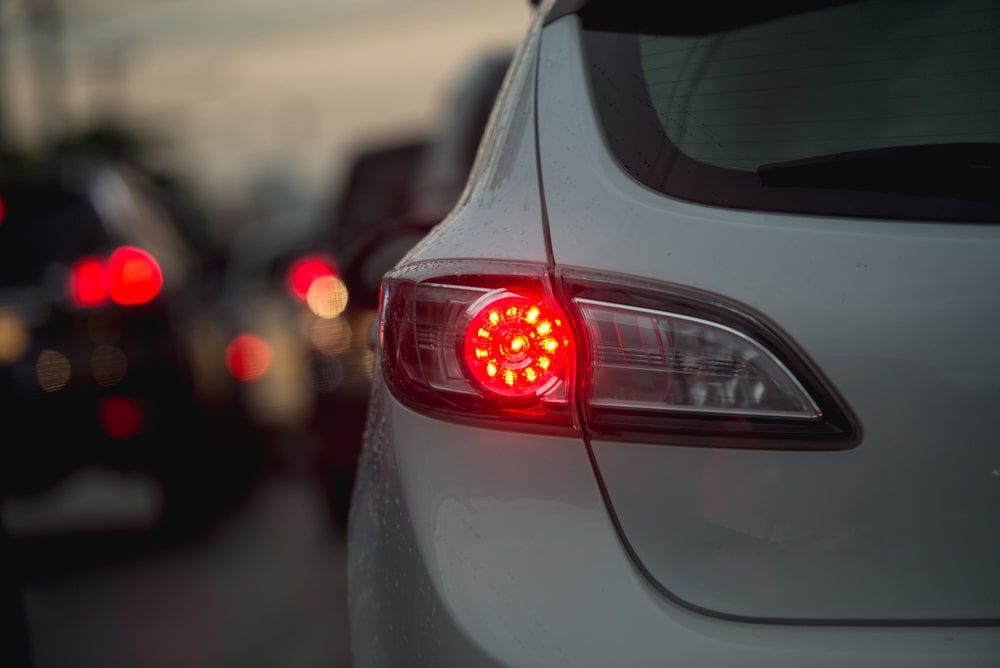
Out of respect and to ensure the group stays together, most funeral processions drive below the speed limit. On most side or back roads, you’ll travel around 30 mph. If you go on a highway, you typically won’t go over 50-55 mph.
Follow closely
Leave stopping space between you and the car in front of you, but not much more! Drive closely behind the person in front of you to prevent those who aren’t part of the procession from cutting in.
Stay with the procession
Don’t leave the procession or take a different turn. The people behind you may not know where to go. Additionally, before leaving, check with the funeral home or procession leader to find out if you should go through red lights and stop signs. Some states allow this. If a police officer is directing traffic, follow their guidance.
Turn on your headlights or hazards
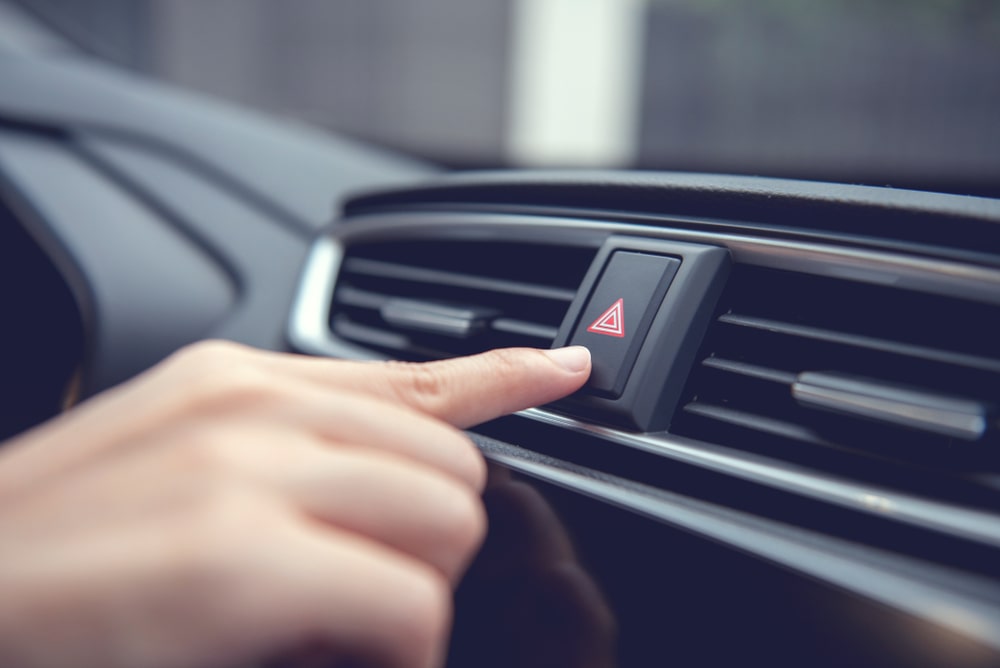
Traditionally, cars in a funeral procession turn on their headlights to show others that they are part of the procession. You can also turn on your hazards if you wish or if the family requests it, but these are only necessary for the lead and caboose cars.
Keep noise to a minimum
Out of respect for the other mourners and the deceased, don’t play loud music while driving. If you wish to listen to music, keep the volume low and make sure your windows are rolled up. Also, it’s best to stay off your phone and avoid honking or revving your engine as you drive.
If You Encounter a Funeral Procession
Avoid passing
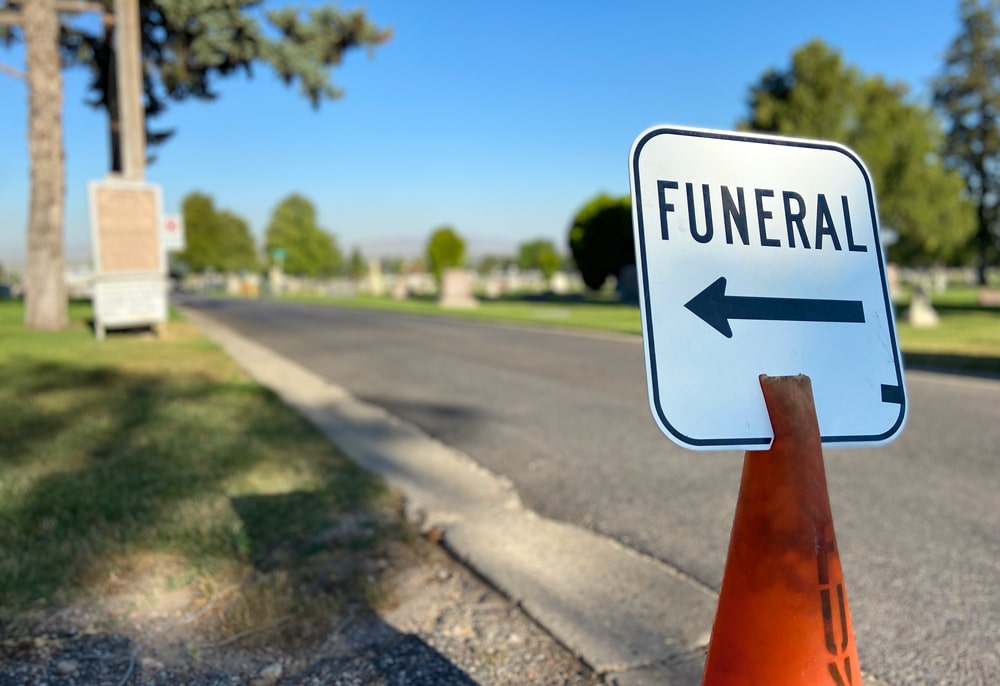
If you encounter a slow-moving funeral procession, do not pass it. In some areas, pulling over to the side of the road may be required, much like for an emergency vehicle. If you are on a highway with multiple lanes, you can pass the procession, but please do so with caution and respect and only pass on the left side.
Don’t cut into the procession
Cutting into a funeral procession is disrespectful and, in some states, illegal. Don’t try to join the procession or cut in to take a turn or exit. People in the procession may not know where to go, and you may cause confusion or an accident.
Yield the right of way
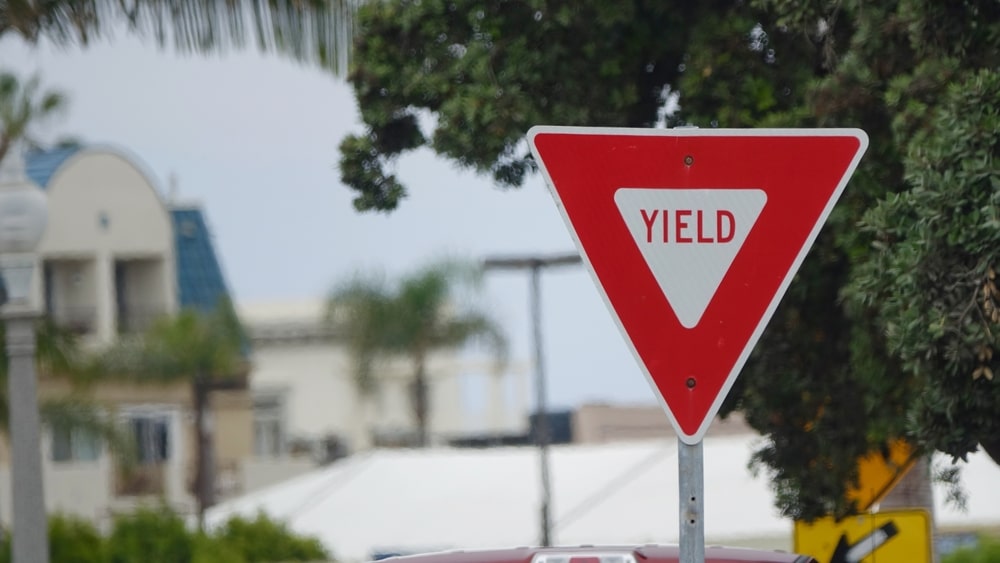
Laws about funeral processions and right of way vary from state to state, but it’s always a good idea to yield the right of way to a procession when you can. If a funeral procession passes through an intersection and your light turns green, wait until the procession passes before continuing.
Keep noise to a minimum
To show respect to the procession, turn down any loud music. Never honk at the cars in a procession, and don’t rev your engine, especially if you’re passing them.
Watch for the end car
Typically, the car at the end of a procession will have extra flashing lights or flags to signal the end of the procession. Some processions may have a police escort with them. Once the final car has passed, you can drive as normal.
Whether you’re part of a procession or simply a bystander, the most important thing to remember is to show respect to the deceased and the mourners. By showing kindness and respect to those in a funeral procession, you can make a hard day a little easier.



